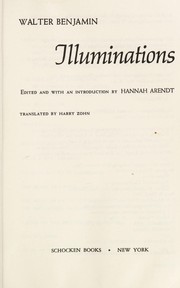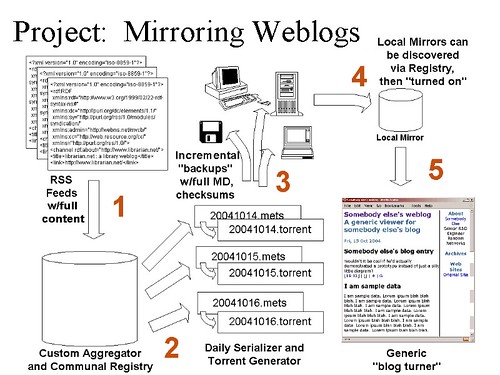Good faith has powered collaboration between libraries and publishers for over 100 years. When books are ordered and purchased from publishers, libraries enter a long-term relationship with the object. In the world of bits, it is understood that the publisher’s relationship with the object stops with the check clearing from the library. In the world of atoms, diffusion happens at a different pace.
Then as now, the publisher gives the library implicit and explicit rights. The library rarely turns around and sells purchased books at a markup, and as needs shift, books may be deaccessioned or sold at a book sale or in the gift shop. All rights belong to the library, and no contracts other than common law govern the publisher relationship.
This has worked out well for both parties. Libraries get to offer information and knowledge to all comers, and publishers get to extend their reach to even non-paying customers. Because the usual customer rights are upheld, infringing uses are rare—not many people copy entire books at a copy machine—and the rare trope of doing well by doing good is upheld.
In the digital age
A few years ago, I was involved in a project to digitize medical reference books. Previously, the highly valuable books were chained to hospital library desks to prevent theft. As the software evolved to allow full text searching, natural language processing on queries, and cross searching with journals and databases, a developer raised an important question. “How are we going to get paid?” Enter the simultaneous use license. Exit simplicity. Enter negotiations. Exit the accustomed rights attached to print books. Enter simultaneous uses.
And of course, this isn’t a new problem. Books were chained to desks from the 15th to 18th centuries until it became attractive to display them spine out. In time, the risk of theft receded due to multiple copies. In the early 20th century, the German literary critic Walter Benjamin predicted that technology would change printing and writing: “With the woodcut graphic art became mechanically reproducible for the first time, long before script became reproducible by print. The enormous changes which printing, the mechanical reproduction of writing, has brought about in literature are a familiar story.” CNI collected a list of circulation policies that ALA has compiled over the years, but it doesn’t cover how the freedom to read is made different in the age of mechanical reproduction.
Enter SERU
As my eminent colleague K. Matthew Dames points out, mistrust does characterize the licensing landscape. This is in part what standards are meant to address—adding clarity to new and sometimes bewildering territory, which licensing certainly is.
As a recommended working practice, NISO’s Shared Electronic Resource Understanding (SERU) offers radical common sense. In part, it says, “Both publishers and subscribing institutions will make reasonable efforts to prevent the misuse of the subscribed content. The subscribing institution will employ appropriate measures to ensure that access is limited to authorized users and will not knowingly allow unauthorized users to gain access. While the subscribing institution cannot control user behavior, an obligation to inform users of appropriate uses of the content is acknowledged, and the subscribing institution will cooperate with the publisher to resolve problems of inappropriate use.”
New circulation policies
This goes some way towards creating a circulation policy for the digital age. Dames correctly points out that the current licensing process is broken, and the stakes are high. But without lawyers being reminted as librarians en masse, this impedence mismatch is likely to continue. Given this logjam, SERU was birthed to set reasonable terms as a starting point.
Thus, SERU offers a solution for “particularly smaller publishers who perhaps do not have in-house lawyers or rights departments that can handle them.” Since there is no lack of mechanisms for restricting access to content in exchange for new business models, isn’t now the time to start setting terms before they are set for both libraries and publishers by larger interests?
Though SERU doesn’t claim to answer every possible scenario, it does offer a better, faster, and cheaper method for protecting the rights of libraries and publishers in the age of mechanical reproduction.



